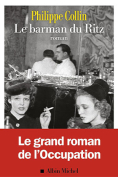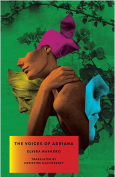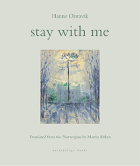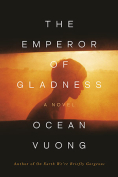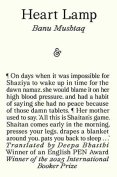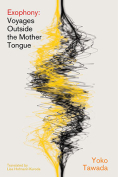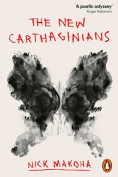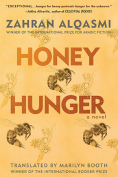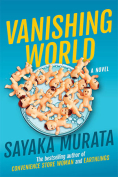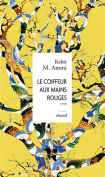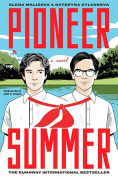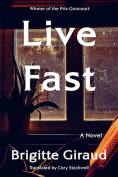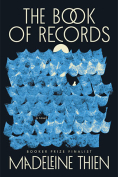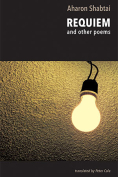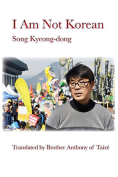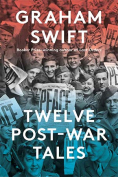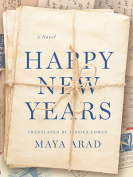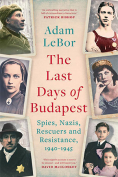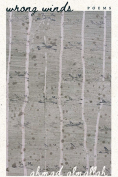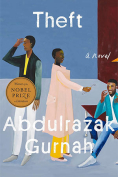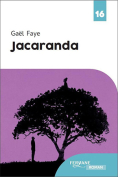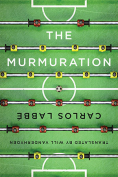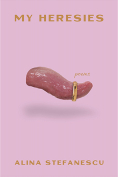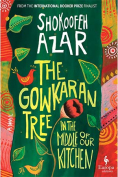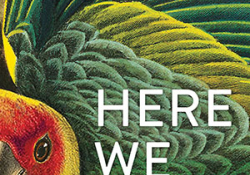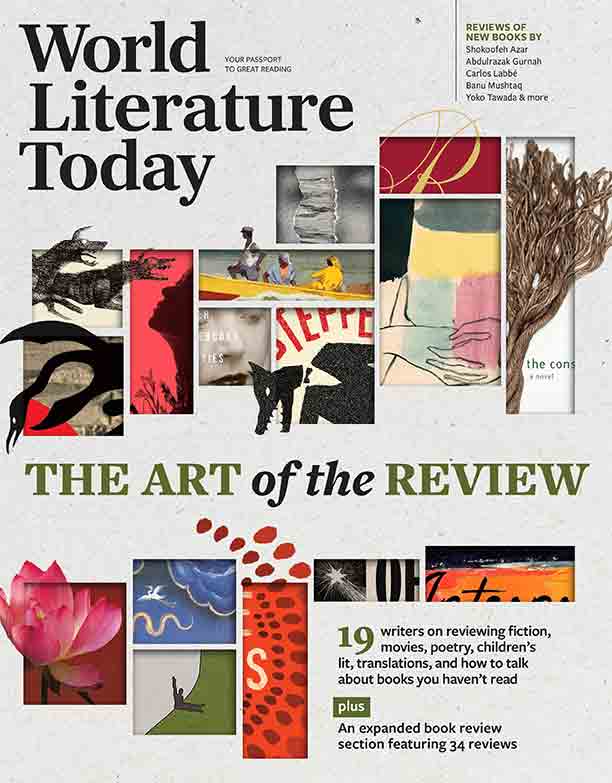Twelve Post-War Tales by Graham Swift
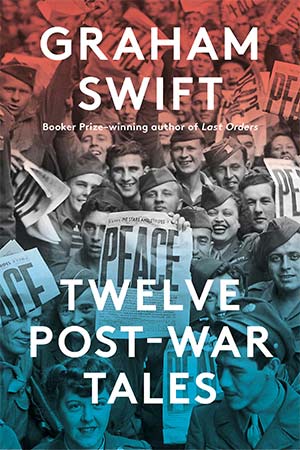
New York. Knopf. 2025. 304 pages.
Best known as the author of Waterland (1983) and Last Orders (1996), for which he won the Booker Prize, Graham Swift, now in his later career, has concentrated primarily on works shorter in length, like the collection England and Other Stories (2014) and the novellas Mothering Sunday (2016) and Here We Are (2020). Twelve Post-War Tales follows in this vein, recording the lives of those transformed by the violence of World War II and its aftermath. The major characters in these stories are often advanced in age, and most, not surprisingly, are reflective about the many losses and few gains in their lives after the war. Old age brings no “abundant recompense” in wisdom, but then again there are few “aching joys” of childhood either. Instead, there is the war—and lots of orphans.
The collection underscores one of Swift’s major themes: the uncertain benefits or even possibility of gaining knowledge of the past. In the opening story, “The Next Best Thing,” Herr Büchner, who works in a German civic government office in 1959, is visited by Private Joseph Caan with the British Army of the Rhine. Private Caan is inquiring about the fate of his Jewish relatives in Hanover. But Herr Büchner can only help him so much. The Rathaus does not handle such cases. That is for the Tracing Service. After Caan leaves, Herr Büchner thinks, “What did they expect, after all, what did they really hope for . . . To be given back the actual ashes, the actual dust, the actual bones?”
The title of the book hints at the complexity of Swift’s narrative technique. Calling these postwar stories “Tales” implies light fiction or adventure stories, something Kipling may have written. In fact, all the stories but one have a one-word title—“Blushes,” “Beauty,” “Zoo,” “Hinges,” “Kids”—which suggest children’s stories to be read at bedtime. Indeed, a few of the stories rarely rise above entertainments, like “Chocolate,” a story told by pub mates about a girl who “worked in chocolate.”
Yet in the best of these pieces, the “tales” demonstrate Swift’s masterful ability to link the local and the global, the historical and the personal, while connecting two events separated by both years and place. Dr. Cole, in “Blushes,” for instance, is seventy-two, a retired respiratory surgeon and widower, now on-call during the Covid pandemic. On his drive to the hospital early one April morning, he remembers a visit when he was ten by Dr. Henderson, who diagnosed his scarlet fever. More importantly, he recalls the intimacy between Dr. Henderson and his own mother during the visit. Now much older and a bit wiser, he grasps what puzzled him as a child: why Dr. Henderson would have been invited to his tenth birthday party, and why his mother encouraged him to become a doctor in the first place.
Since Swift is often criticized for writing only about middle- to upper-class white men, his most significant development in this collection is the diversity of his characters and voices. “Zoo,” for example, is narrated by a “Filipina maid” born in England. In “Black,” the best story of the collection, Swift provides a glimpse of the social and cultural tension that characterizes the postwar period. It’s 1984, at the height of the violence of the miners’ strike. Nora Armstrong recalls how forty years ago, when she was eighteen, she had “done something extraordinary and daring” but “fine”: she had sat next to a Black American airman on a bus, to the shock of her neighbors and friends. She knew the act would get back to her Nottingham miner father, who would be furious. He would “kill her.” But instead, the act gives her the courage to outface her father and his domestic violence.
In “Passport,” the final story of the collection, Anna-Maria Alice Anderson, an orphan, former teacher, and divorcée, celebrates her eighty-second birthday on October 10, 2019, by taking out her passport in order to recall when exactly she was born. Instead, she remembers how, on her second birthday, she secretly saw her mother lovingly kiss the nape of her father’s neck and whisper his name. She thinks, as she looks at the photo on the passport, “Not another year, please . . . the world, it seemed, had nothing specially lined up for her, either to whisk her away or to detain her.” Although her own postwar life has been a series of disappointments, the knowledge that her parents were madly in love seems enough for a lifetime.
Donald P. Kaczvinsky
Louisiana Tech University
